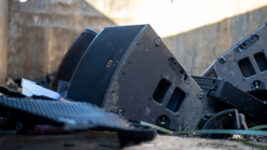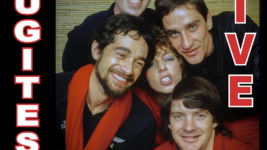REVIEW
27 Feb 2024
JANDS – An Australian Story
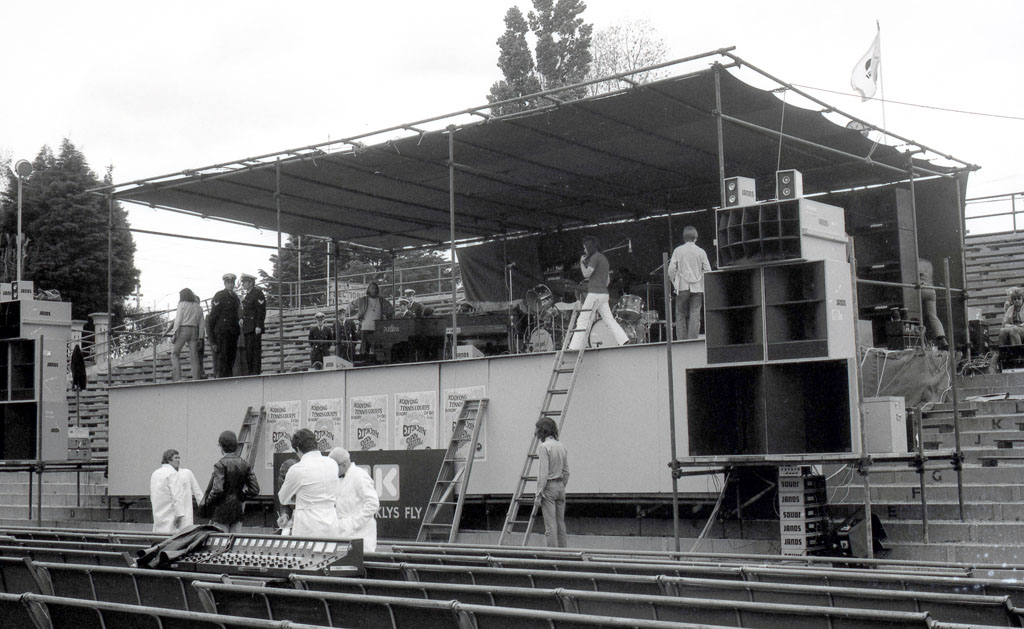
Subscribe to CX E-News
A 354 page coffee table book, lush with history
Ron Ringer has authored an accurate history of the dominant Australian entertainment equipment supplier Jands, which started in an eastern Sydney suburb in the late 1960s supplying lightshow rentals. Today it is a $100m+ company. Jands commissioned the book as they passed 50 years of ownership.
Jands surfed the exponentially expanding contemporary rock scene that exploded from late 60s music such as the Rolling Stones and The Beatles. As a kid with a radio, I grew up slightly behind the Jands pioneers who were building EVERYTHING in a Rose Bay shopfront as my high school bus ground past, headed to Vaucluse Boys High School.
At school the tech guys in the hall spoke reverently of former students Bruce Jackson and Phillip Storey who preceded me. They formed J and S, after leaving the place with a well working PA system, capable of handling lunchtime bands. Of which we had many. It transpires another Jands foundation personality, Robert Young, also went to Vaucluse Boys High.
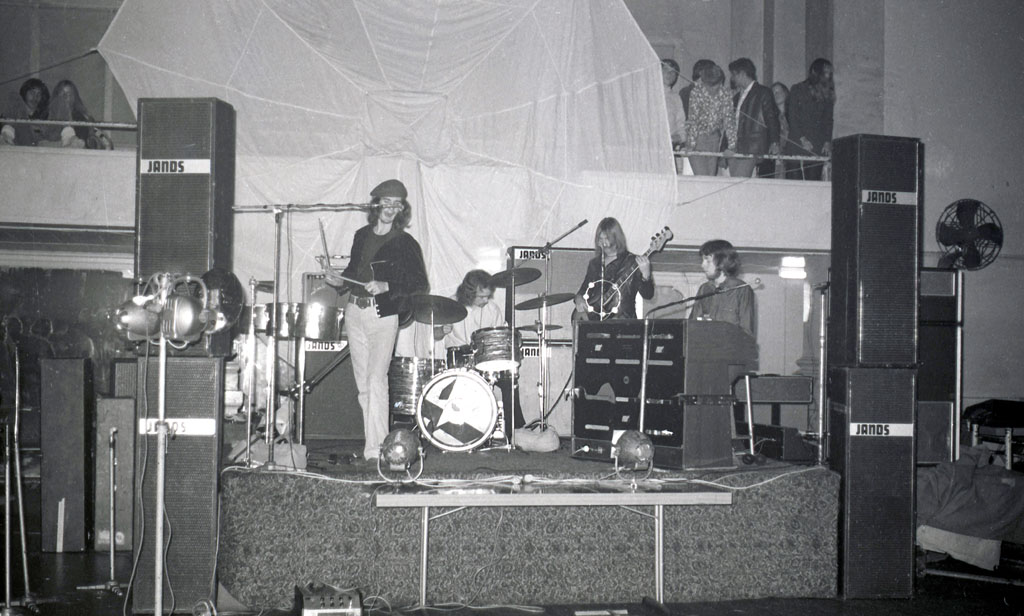
The book draws together the identities of the scene. Roger ‘Ellis D. Fogg’ Foley, JandS, and the Mulholland and Robinson brothers. The latter were running a lightshow hire business up on the north shore, while the J and S partners were the dominant lightshow hire business building strobes and colour organs in their shop. Foley did ‘experiential light shows’ at a time people sought the Woodstock vibe.
This confluence of characters is tracked so well, where the tiny eco-system of lightshows suddenly blossomed into live sound, with designer Gil Macpherson pivotal. A successful outdoor show at Heddon Greta leads to the Jands team, now joined by ‘denim legend’ Howard Page, nailing the very first national tour for Elton John in 1971.
As Sunbury 1972 comes around, they are challenged to build a second system. They do it in-house. Punishing import tariffs made local manufacture viable, and Jands went on to build an A to Z of live production equipment over subsequent decades.
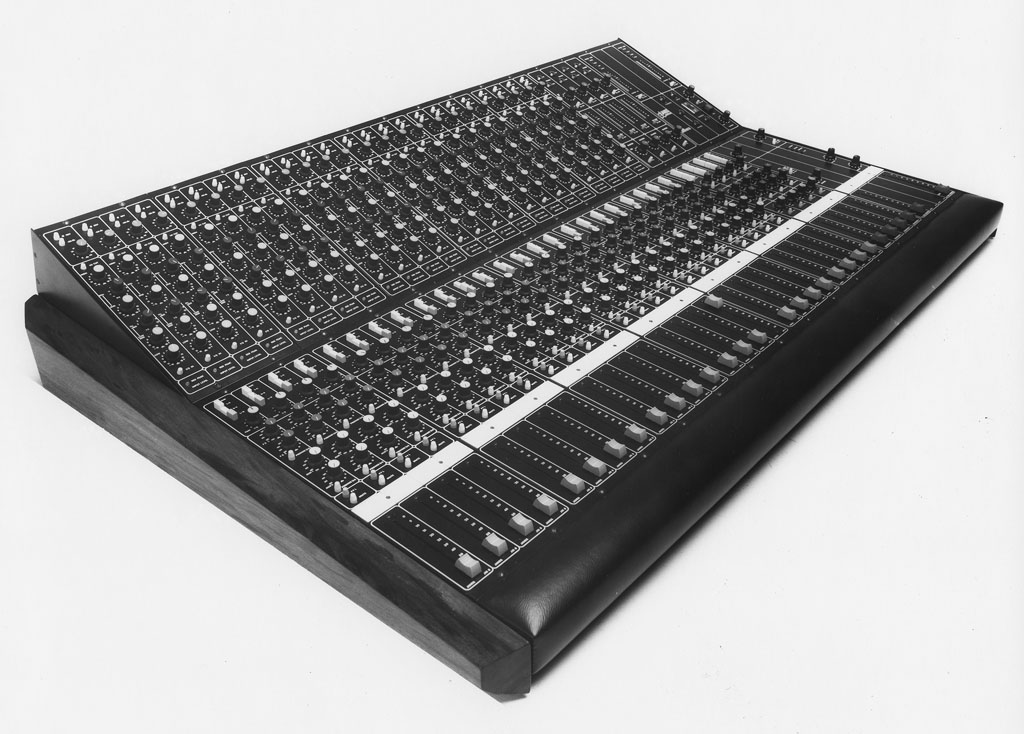
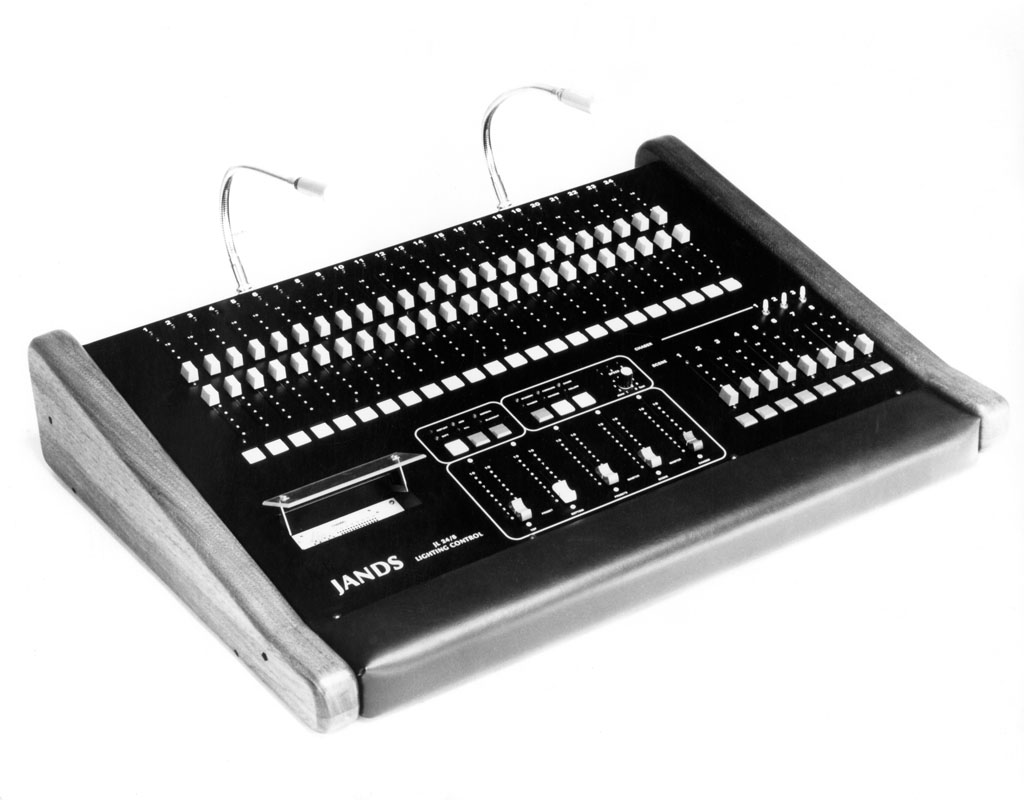
Around page 100, I’m struck by how Jands navigated change. Simultaneously they found new places to do business with technology continuing to evolve, while the underlying economy lurched through credit squeezes, recessions, bank deregulation, the currency float, punitive tariffs, and sales tax imposts on the gear they built for their rental division. Starting with a Bakelite telephone, they met and mastered the telex machine, PABX, fax and as soon as it came on the market, the computer.
On that, David Mulholland found the first email system in 1984 and Jands became an agent for the electronic mail service developed by International Management Communications. Subscribers accessed the system using a portable Radio Shack computer with a small liquid crystal display. Promoter Michael Coppell took his system to Europe and marvelled that communications were immediate and only the cost of a local phone call. By contrast he said sending a five-page fax from a hotel would cost $170.
For tour managers, production companies and others involved in the industry, the system saved money on international phone calls and solved the problem of ‘telephone tag’. At its height there were some 3,000 users.
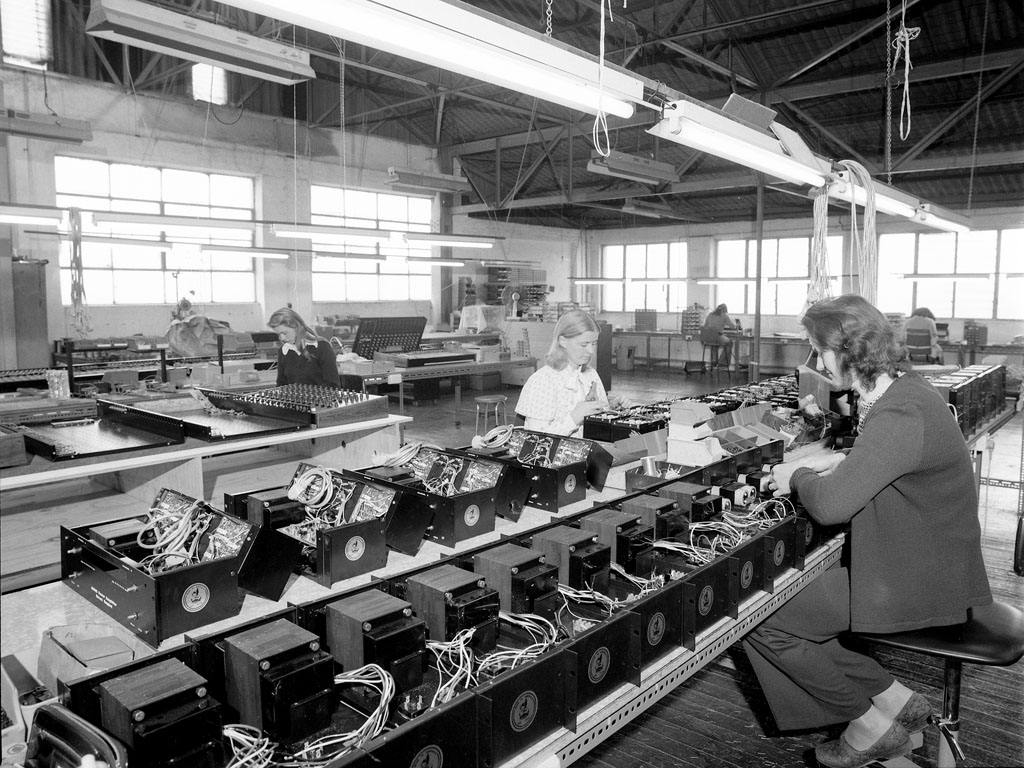
Jands manufacturing area at 380 Princes Hwy, St Peters. J600S amplifiers and JM6 consoles being assembled. Photo Credit: Jands Collection
The personalities also emerge in the early pages; charismatic Eric Robinson wrangling tours, reflective Paul Mulholland managing the manufacturing and imports, younger David Mulholland doing lightshows and later sound, Ed Robinson working on assembly, school friend Robert Young building speaker boxes while doing accounts. Philip Storey stays on after J and S sells out because the partnership he had with Bruce Jackson imploded. Working with sound engineer Howard Page, Storey designed amplifiers, consoles and a range of audio electronics at Jands’ first factory in Chalder Street, Marrickville.
They faced common adversaries from businesses, banks, and the tax office, suspicious of long-haired rock and roll types. The theme emerges of the continual expansion of the business through astute mergers and acquisitions, all of which are meticulously laid out. A series of real estate deals saw industrial properties acquired around Sydney Airport, a practical move at the time which have become very major assets today.
Most, if not all, long-term employees are name checked respectfully through the 354 pages, in which period photos mostly from Phillip Storey for the first two decades feature. That the photos even exist is of note, since people working the early phases of the rock revolution had no time and little money for cameras and film processing.
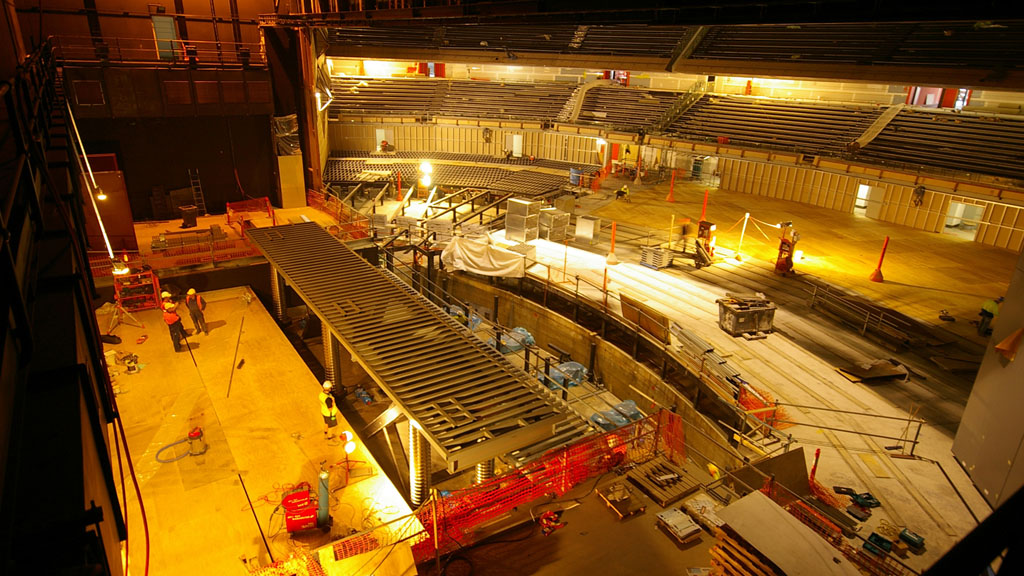
Jands Venue Engineering group supplied stage lifts, power rigging, dimmers and curtains to the Melbourne Convention Centre. Photo Credit: John Buckley
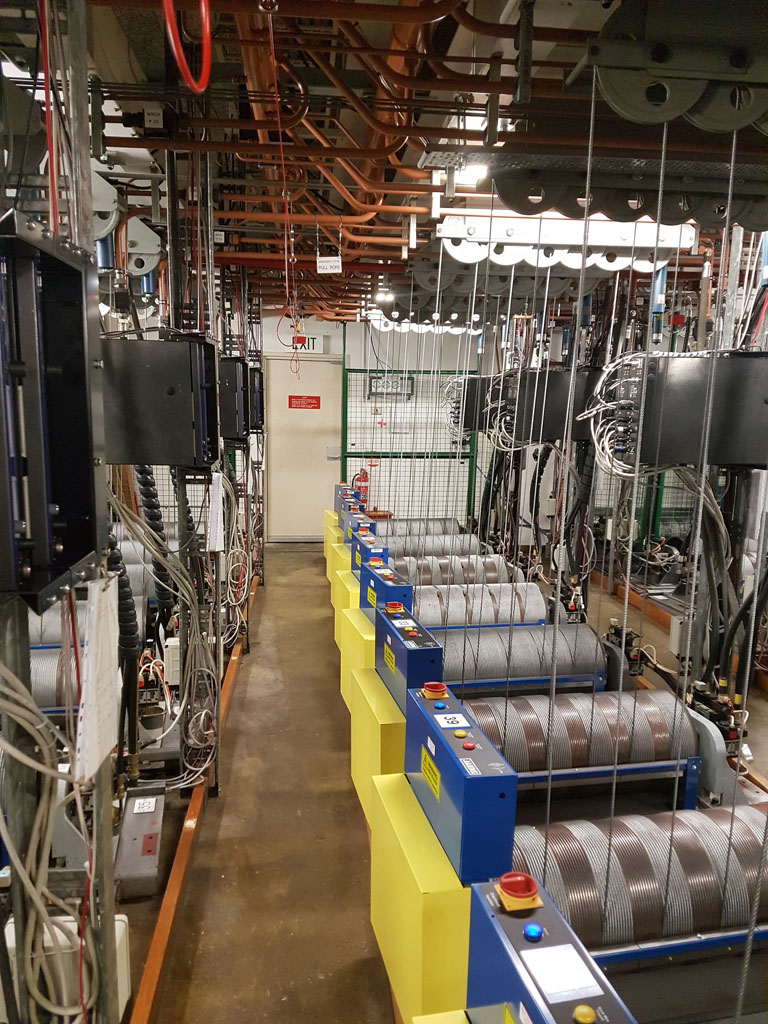
As the epoque progresses, the division of the concert production business and the importing and manufacturing firm are detailed, with each entity facing ebbs and flows as the economy of the nation fluctuated. A downturn in concert touring led to the pursuit of theatre sound, which today has JPJ (today’s iteration of concert touring) as market leader. The phasing out of tariffs meant replacing locally made products with imports.
The more recent decades become different reading with a lot of detail around what is one of the enduring successes of the firm; designing and building lighting control systems which were sold globally.
We learn of the challenges of succession with the passing of Eric Robinson who negotiated the sale of the concert sound company on his death bed. The final decade is spelled out right up until recently, with Paul Mulholland determined to simplify the complex importing company. They overhauled their product offerings, quit lighting manufacture, and sold off the theatre projects division.
A portion of Eric’s shareholding in Jands is acquired by Richard White, now famous as the CEO of WiseTech Global. Richard’s earlier role in Jands is detailed; he merged his Rock Industries manufacturing company with Jands in 1982 and designed their first computerised lighting control system before leaving to build what is today a 16 billion dollar company.
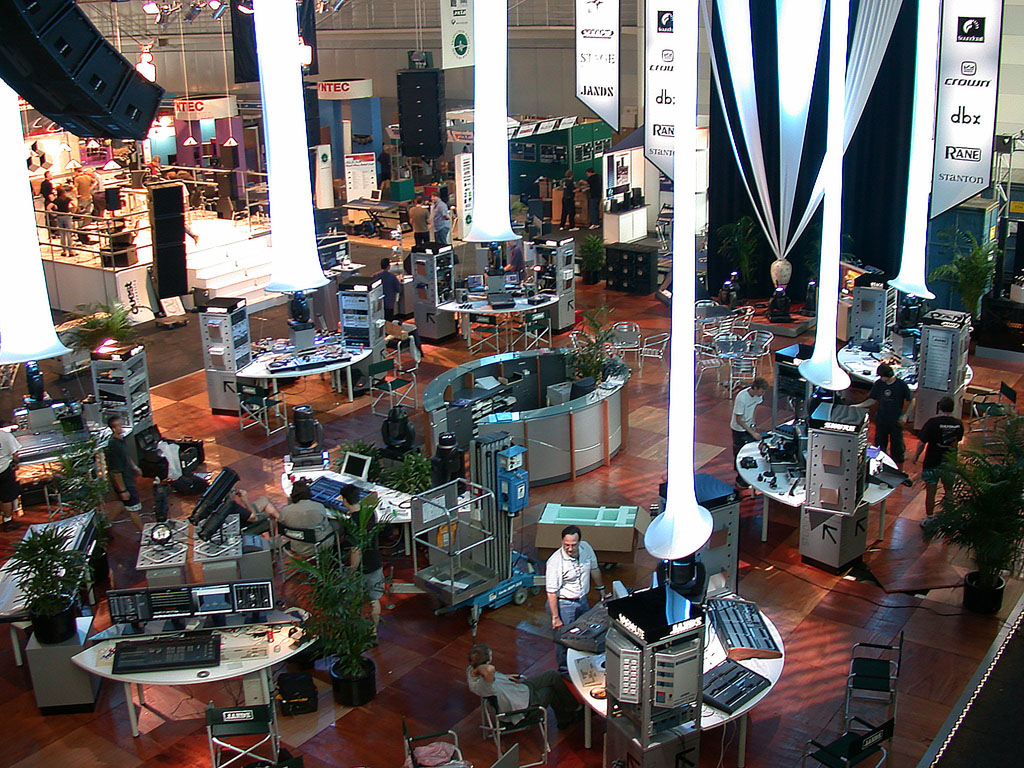
Jands stand at the Entech trade show 2002. Photo Credit: Jands Collection
This also became a turbulent period with the progressive departures of long-term staff. The book states that half of all staff have left in the past decade. They spell out the future direction of the business, which is now piloted by CEO Phil Muffet, COO Geoff Smith, and CFO Michael Glendinning.
Paul and David Mulholland have stepped back from the front line but remain engaged with Jands.
The final line in the book is apt: “One might ask, where to now?”
Jands – An Australian Story is available to purchase through Amazon at:
https://www.amazon.com.au/Jands- Australian-Story-Ron-Ringer/dp/0646883097
Subscribe
Published monthly since 1991, our famous AV industry magazine is free for download or pay for print. Subscribers also receive CX News, our free weekly email with the latest industry news and jobs.


